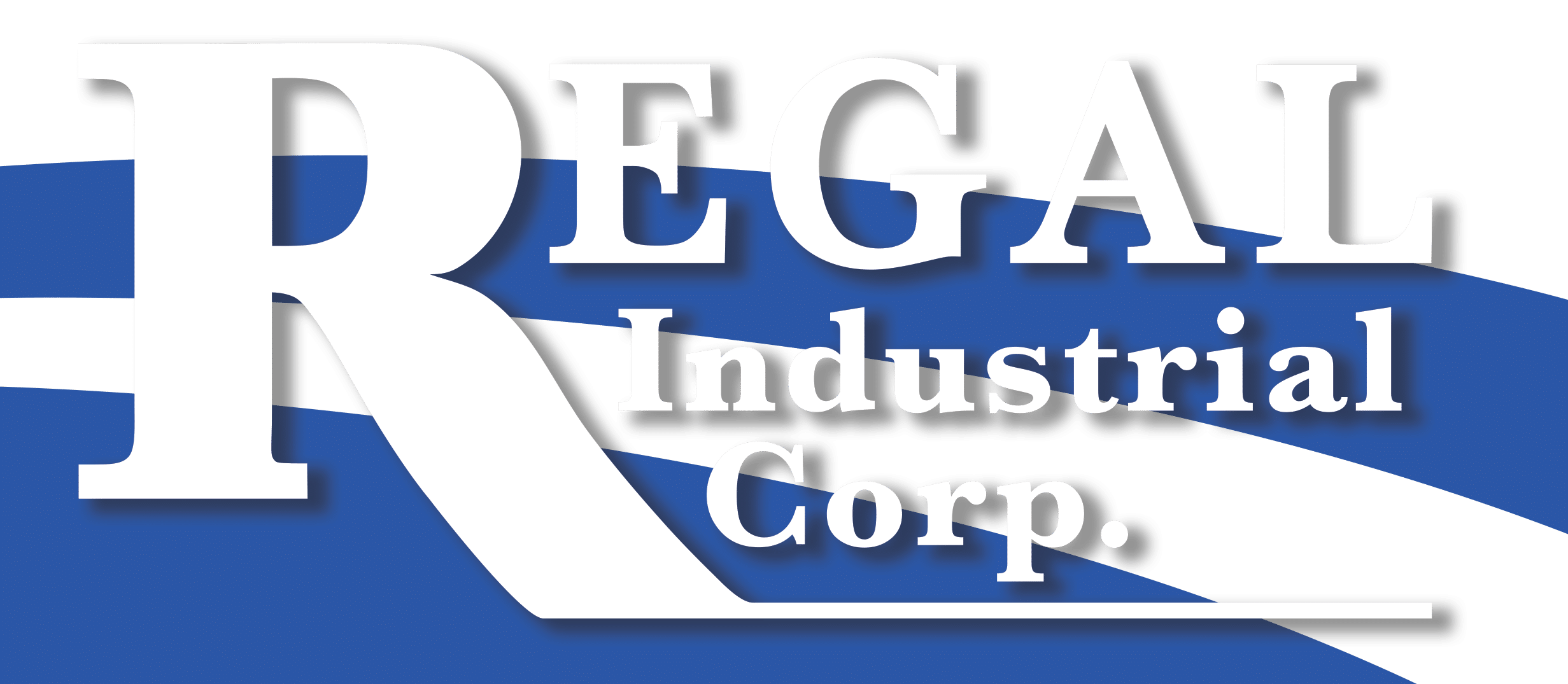Good morning world, and thank you for reading my new blog “Out of the Blue”! I am Blue; mascot, metallizing guru, spokesman and international icon for the Regal Industrial Corporation. A lot of folks ask me and my partner; what is metallizing and how does it compare to galvanizing? Great question! I will provide the answer to that question, but let’s first get our motors running by defining what metallizing is and how its applied.
The definition of metallizing: A group of processes in which finely divided metallic or nonmetallic surfacing materials are deposited in a molten or semi-molten condition on a substrate to form a spray deposit.” The process is where wire feedstock (Zinc, Aluminum and or, other types of alloys, are sprayed individually, or applied in various percentages, example: 85% Zinc 15% Aluminum) is fed through a gas, or electric heat source that melts the wire. This molten particulate is propelled by compressed air onto the substrate and solidifies as a coating.
Now that you understand how the Zinc, and or, Aluminum, is applied. You can begin to comprehend this procedure and visualize in your mind the metallizing process. So, to continue, how does this “molten spray” system compare to the “hot dip” galvanizing process? Metallizing is often used as an alternative to hot dip galvanizing and there are several advantages in choosing metallizing. The following is a list of some of those advantages:
- Appearance – The color and appearance of metallizing is uniform and continuous and does not leave puddles, laminations, uneven or marbled finish like often occurs with galvanizing.
- Mobility – Metallizing can be done anywhere the equipment can be taken. Galvanizing can only be done at the facility where the kettle is located.
- Sizes – Metallizing can be performed on any size structure. Galvanizing is strictly limited to what will fit in the kettle.
- Consistency – Metallizing results in a very uniform appearance as well as consistent performance in regard to adhesion. Galvanizing can vary greatly from batch to batch based on the kettle temperature, the time an object is submerged, and the strength of the bond. It is not uncommon to find galvanized areas exhibiting strong adhesion within inches of areas with bubbles and laminations.
- Existing Structures – Metallizing can be performed on any steel structure once the existing coating is removed. In order to be galvanized, a structure would have to be disassembled and shipped to a galvanizing facility, which can be extremely expensive.
- Top Coating – Metallized objects can easily be coated with a paint system to meet color codes or to provide an architecturally desirable color. A metallized surface is porous enough that paint is readily accepted into the surface profile and adheres as well as it would to a blasted substrate. Galvanizing is very difficult to topcoat with a paint system. In fact, many facilities refuse to apply paint over a galvanized item due to the poor finish appearance and notoriously inconsistent adhesion and intercoat bubbling that can occur.
- No Paint Areas – Often times structures have areas that do not get painted due to their surfaces being slip critical or having a machined finish. These areas are easily preserved when metallizing simply by masking them off and avoiding the surface. This is not possible when galvanizing due to the fact that the whole structure must be submerged in the kettle. These areas would have to be ground off or worse, machined again.
- Multiple Alloy Options – Metallizing wires range from the standard zinc, zinc/aluminum and aluminum, to the more unique such as tungsten carbide, bronze, aluminum bronze, copper, NiMoCr (Nickel Molybdenum Chromium), and even ceramic composites. Galvanizing is limited to zinc. This is notable because there are many atmospheric conditions where zinc is not as effective as a corrosion inhibitor compared to aluminum and other available alloys.
- Industry Standards – Metallizing is subject to the strictest of testing as laid out in the Joint Standard of the Society of Protective Coatings (SSPC), the American Welding Society (AWS) and the National Association of Corrosion Engineers (NACE) titled SSPC CS.23/AWS C2.23M/NACE No.12. It defines the surface preparation, application and testing of metallized coatings and us to perform a series of tests including bend testing for applicators as well as chisel and pneumatic adhesion tests of the finished product. This results in consistent outcomes for appearance and performance. Galvanizing is only subject to ASTM A 123 which simply states that the finish should be continuous, smooth and uniform. These terms are vague and subjective and this can become evident a galvanized product, particularly from piece to piece.
Advantages to metallizing:
- Very long service life
- No cure time or temperature
- Fabricator may ship coated steel sooner
- No size limitation (splices may be eliminated)
- No heat distortion or weld damage
- Winter coating option
- New or existing bridges
- Long record of success
- No reformulation as with paint
- Simplicity
- Blast, Spray, Seal, Move
- LOWEST LIFE-CYCLE-COST in severe applications
Obviously, these are just a few of the reasons to consider utilizing a metallized coating on your next corrosion control project. For more detailed information on metallizing, please visit the metallizing section on our website at www.regalindustrial.com , or direct message, or contact us at 724-379-6440 to speak with a coating specialist.
I hope you enjoyed our first blog, but I gotta run, got projects to see and business partners to meet! See you down the road!

